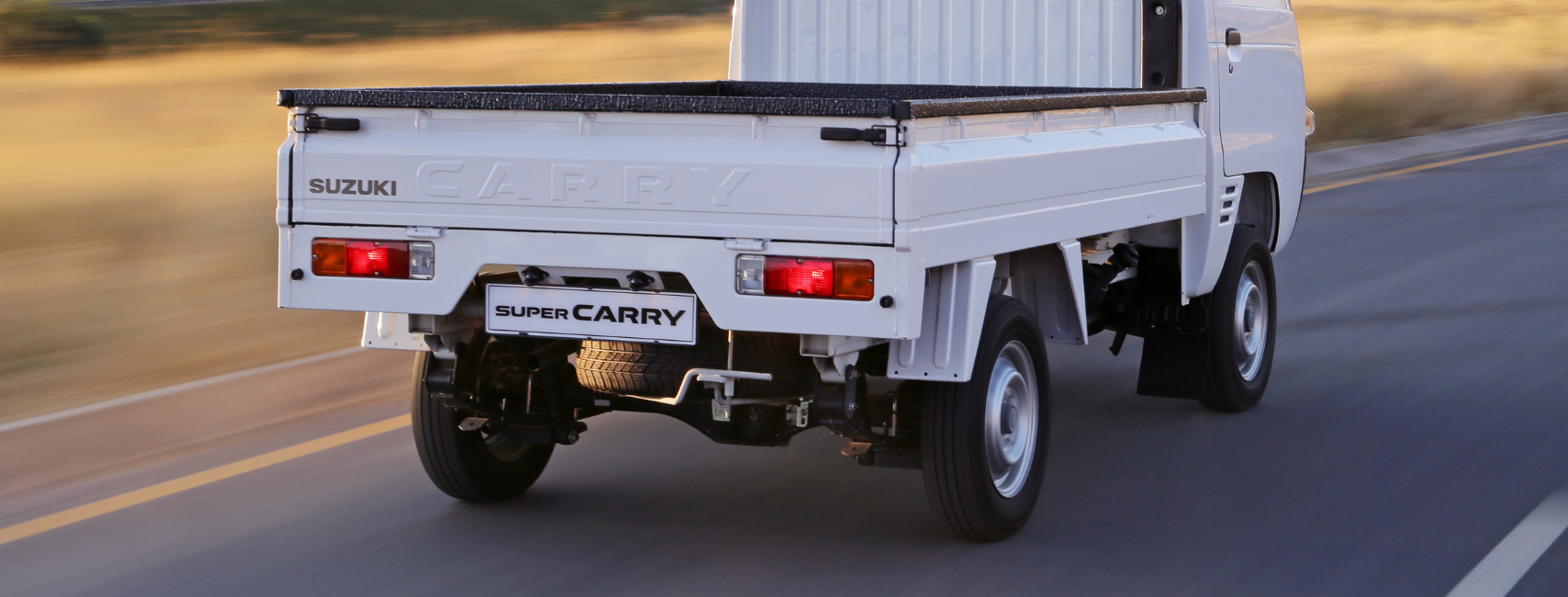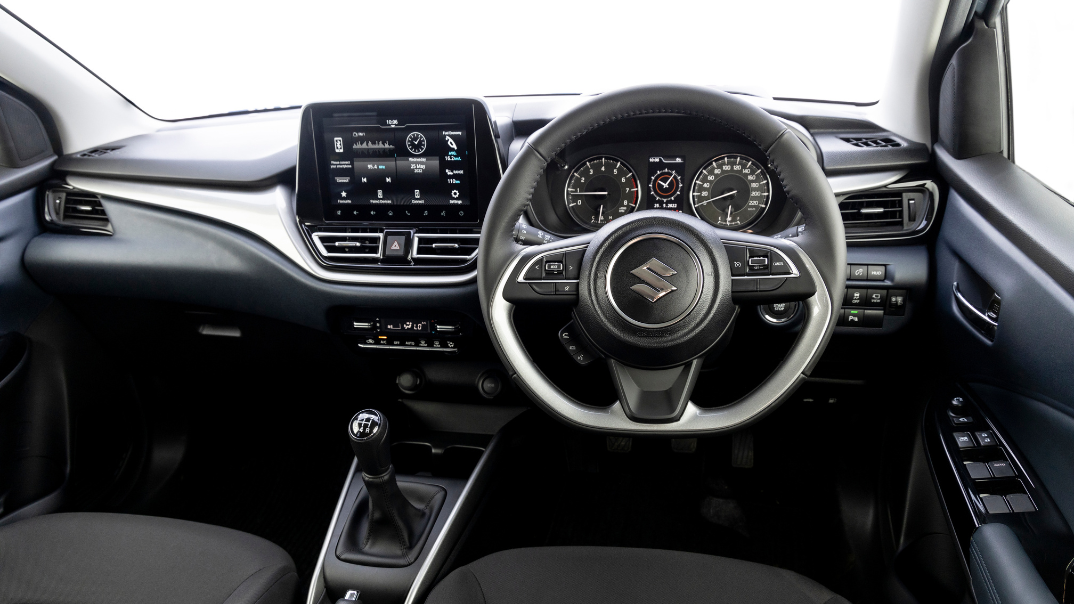Your car’s suspension is generally out of sight and out of mind, but it plays a crucial role. The suspension does everything from ensuring the wheels stay connected to the road and stop the car from shaking to pieces over rough surfaces.
Your vehicle’s suspension system is the network of parts that connects the wheels to the body of the car. The reason there is just one part connecting each wheel (actually, some of the early cars had exactly that), is because you need the wheels to have some independent movement so the car itself (and the passengers) can remain as stable as possible on any road surface. Take a rudimentary toy car and push it across brick paving – you’ll quickly get the idea of what driving with non-pliable suspension would feel like.
Increased traction
While you’ve got your toy car in hand, take note that when the surface gets rough, it’s rare for all four wheels to stay on the ground. Given that they’re fixed to the solid body of the car, they can’t operate independently and tend to spend more time in the air than gripping surface - which is not ideal when you need to control the direction in which the vehicle is travelling. Suspension is therefore a key safety feature, as it ensures your wheels have maximum grip on the road at all times.
Comfort and safety are therefore the main drivers behind the continued development of suspension. With each new generation of vehicles, suspension systems become more intelligent and refined.
Different types
There are various types of suspension systems, all depending on the type, size, weight and intended use of the vehicle. There are plenty of articles explaining the different configurations used. This article, perfectly explains how each type works, as well as their pro’s and cons. Below is a short overview:
- Independent Front Suspension – the front wheels can move independently to the rear wheels and each other.
- Independent Rear Suspension – the rear wheels can move independently to the front wheels and each other.
- MacPherson Struts – consists of coil springs positioned over shock-absorbing struts.
- Leaf-spring suspension is one of the more basic suspension systems employing a network of curved metal strips that are joined with clamps.
- Air Suspension – makes use of air springs that are controlled via air compressors. The system is controlled by the vehicle’s computer.
- Multi-link suspension - considered the best by many, this system consists of three or more lateral arms allowing the wheels a greater range of motion.
- MagneRide suspension – a fairly recent addition to the suspension family, this uses magnetically controlled dampers or shock absorbers. The entire system is also controlled via an onboard computer.
Suspension is another behind-the-scenes vehicle system that we tend to forget about. In fact, because your suspension actively keeps your vehicle running smoothly, we’re even less aware of how hard these parts are actually working on a daily basis. Most of us have no idea how rough the roads on our daily routes really are, precisely because the suspension systems in modern cars are so effective.
This is one of the reasons why it’s so crucial to service and maintain your vehicle on a regular basis. You probably won’t know that something is wrong with your suspension until a part breaks, and quite often that can render a vehicle undriveable. Suspension systems are tough, but they take more wear and tear than most of us are aware of, so having it checked regularly can save you lots of money and frustration. It also keeps you safe.
Are you a lover of all things car? Download our Guide to becoming a petrolhead.
To find out more about the unsung safety heroes in your car or to get some advice on the questions you should ask your dealer when choosing a car, download this free eBooklet.



